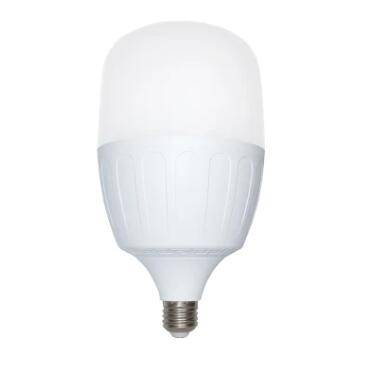Shedding Light on Enclosed Fixtures: Can LED Bulbs Illuminate Confined Spaces
2023-12-22
Introduction:
As the world embraces the energy-efficient glow of LED lighting, questions often arise about the suitability of LED bulbs for specific fixtures, particularly enclosed ones. Enclosed fixtures, such as ceiling fans, outdoor lanterns, and recessed lighting, present unique challenges due to heat buildup. In this blog, we explore the compatibility of LED bulbs with enclosed fixtures, shedding light on considerations, benefits, and potential pitfalls.
1. Understanding the Challenge: Heat and Enclosed Fixtures
Enclosed fixtures pose a thermal challenge for light bulbs. Traditional incandescent bulbs radiate a significant amount of heat, and this heat can accumulate within an enclosed space. LED bulbs, while much more energy-efficient, also emit some heat. The concern is whether the heat generated by LED bulbs could affect their performance and longevity when used in enclosed fixtures.
2. Heat Management in LED Bulbs: A Cool Solution
One of the advantages of LED technology is its superior heat management. LED bulbs are designed to dissipate heat efficiently, and they emit significantly less heat than incandescent or even compact fluorescent bulbs. This characteristic makes them inherently more suitable for enclosed fixtures, where excessive heat buildup can be detrimental.
3. Consideration of Fixture Ratings: Ensuring Compatibility
When contemplating the use of LED bulbs in enclosed fixtures, it's crucial to consider the fixture's rating. Some fixtures are explicitly designed to dissipate heat, allowing for safe use with LED bulbs. Look for fixtures labeled as "LED-compatible" or "suitable for enclosed spaces" to ensure optimal performance and longevity.
4. Choosing the Right LED Bulb: Temperature Matters
LED bulbs come in different color temperatures, and the choice of temperature can impact heat emission. Opt for LED bulbs with lower color temperatures (warmer tones) for enclosed fixtures, as they generally emit less heat than bulbs with higher color temperatures (cooler tones).
5. Ventilation and Airflow: Enhancing Performance
Improving ventilation and airflow within enclosed fixtures can further enhance the performance and lifespan of LED bulbs. Ensuring that fixtures are not tightly sealed can allow for better heat dissipation, contributing to the overall efficiency and longevity of the LED bulbs.
6. Dimming Compatibility: Flicker-Free Illumination
If your enclosed fixture supports dimming functionality, choose dimmable LED bulbs specifically labeled as compatible with enclosed fixtures. This ensures a smooth dimming experience without flickering or overheating issues.
Conclusion:
In conclusion, LED bulbs can indeed be used in enclosed fixtures, offering energy-efficient illumination with several advantages over traditional lighting technologies. However, it's essential to consider the fixture's rating, choose the right LED bulb, and monitor temperature to ensure optimal performance and longevity. By making informed choices, we can illuminate our enclosed spaces with the energy-efficient brilliance of LED technology while enjoying the benefits of a cooler, more sustainable lighting solution.



